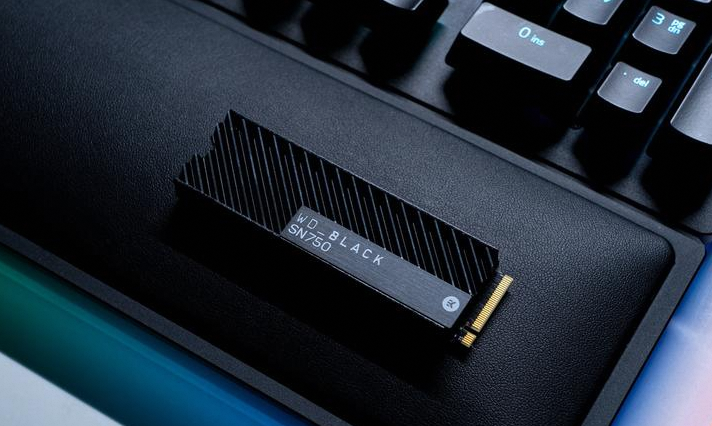Solid State Drives (SSDs) have become increasingly popular in recent years due to their faster read and write speeds, lower power consumption, and higher reliability compared to traditional hard disk drives (HDDs). If you have recently upgraded to a 2TB SSD, you may be wondering how to maximize its performance. In this blog post, we will discuss some tips and tricks to help you get the most out of your 2TB SSD.

Optimize Your Operating System
The first step to maximizing the performance of your 2TB SSD is to optimize your operating system. Here are some tips to help you do that:
1.1. Enable TRIM
TRIM is a command that allows the operating system to inform the SSD which blocks of data are no longer in use and can be erased. Enabling TRIM can help improve the performance of your SSD by reducing the time it takes to write new data. To enable TRIM on Windows, open the Command Prompt as an administrator and type the following command: “fsutil behavior set DisableDeleteNotify 0”. On macOS, TRIM is automatically enabled for most SSDs.
1.2. Disable Unused Services and Features
Disabling unused services and features can help reduce the load on your SSD and improve its performance. For example, you can disable Windows Search, Superfetch, and Prefetch on Windows. On macOS, you can disable Spotlight indexing and Time Machine backups.
1.3. Use the Latest Drivers and Firmware
Using the latest drivers and firmware for your SSD can help improve its performance and stability. Check the manufacturer’s website for updates and install them as soon as they become available.
Optimize Your Applications
The second step to maximizing the performance of your 2TB SSD is to optimize your applications. Here are some tips to help you do that:
2.1. Move Your Applications to the SSD
Moving your applications to the SSD can help improve their performance by reducing the time it takes to load and save data. Most applications allow you to choose the installation location during setup. If you have already installed an application on your HDD, you can use a third-party tool like Steam Mover or SymbolicLinker to move it to the SSD without reinstalling it.
2.2. Disable Automatic Updates and Backups
Automatic updates and backups can consume a lot of resources and slow down your SSD. Disable automatic updates and backups for applications that you do not use frequently or that do not contain critical data.
2.3. Use a RAM Disk for Temporary Files
A RAM disk is a virtual disk that uses your computer’s RAM as storage. Using a RAM disk for temporary files can help reduce the load on your SSD and improve its performance. There are several free and paid RAM disk software available, such as ImDisk and SoftPerfect RAM Disk.
Optimize Your Storage
The third step to maximizing the performance of your 2TB SSD is to optimize your storage. Here are some tips to help you do that:
3.1. Use the Right File System
Using the right file system can help improve the performance of your SSD. For Windows, use NTFS or exFAT. For macOS, use APFS or HFS+. Avoid using FAT32 as it has a file size limit of 4GB.
3.2. Disable Indexing and Compression
Indexing and compression can slow down your SSD by consuming resources. Disable indexing and compression for folders that do not contain critical data or that you do not use frequently.
3.3. Use a Disk Cleanup Tool
A disk cleanup tool can help you free up space on your SSD and improve its performance. Windows has a built-in Disk Cleanup tool that you can use to delete temporary files, system files, and other unnecessary files. On macOS, you can use a third-party tool like CleanMyMac or OnyX.
Maximizing the performance of your 2TB SSD requires a combination of optimizing your operating system, applications, and storage. By following the tips and tricks discussed in this blog post, you can improve the speed and reliability of your SSD and get the most out of your investment. Remember to always keep your drivers and firmware up to date and to backup your data regularly to avoid data loss.